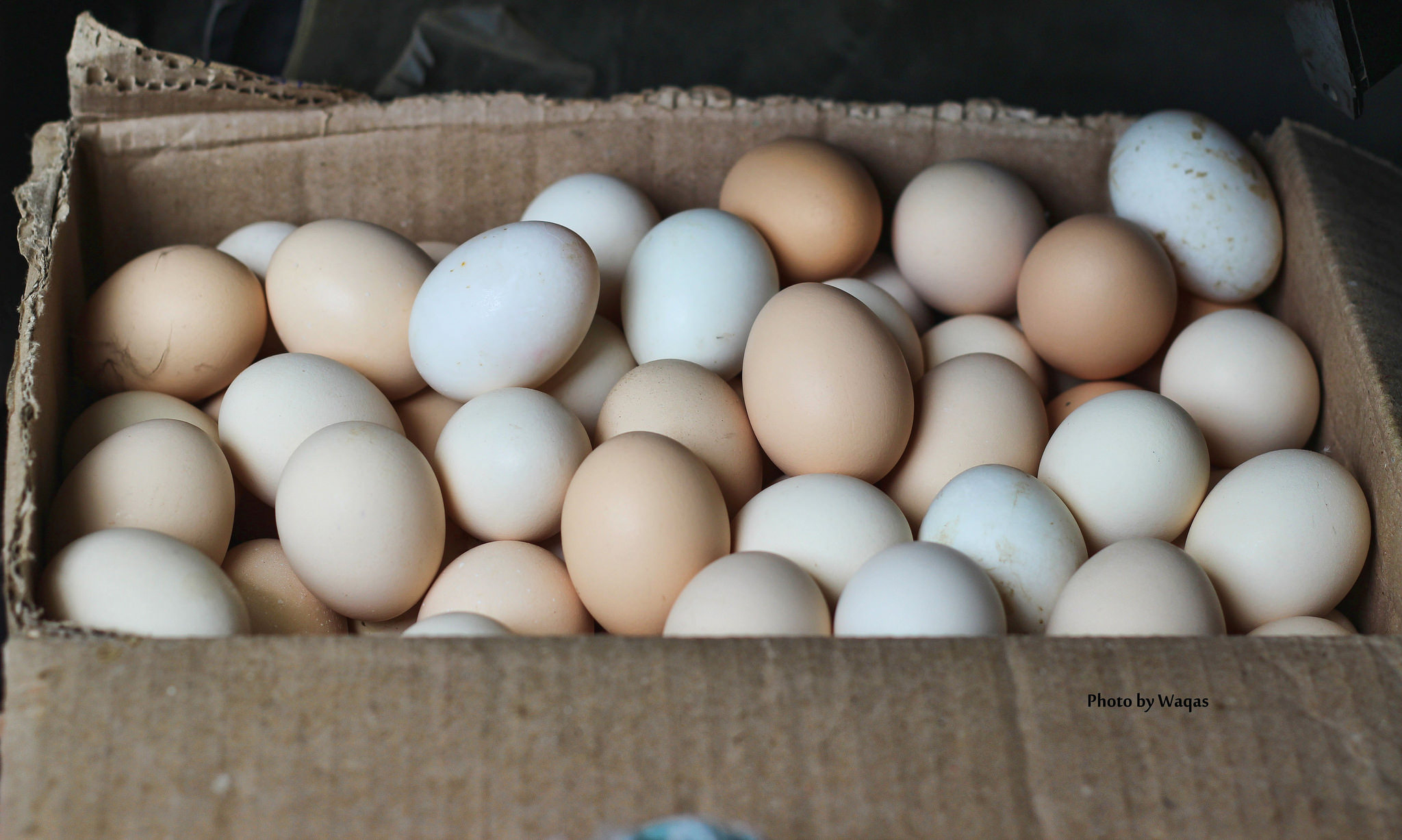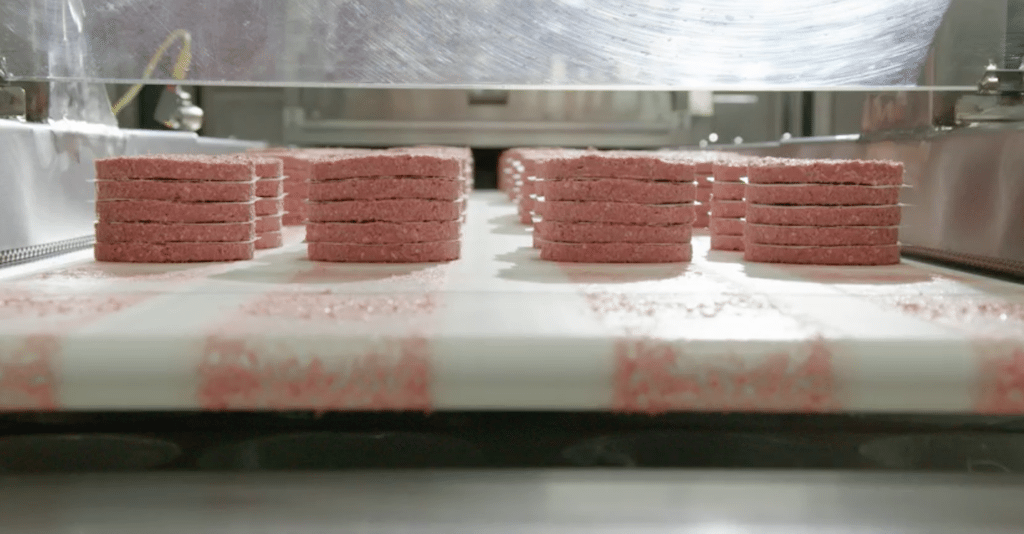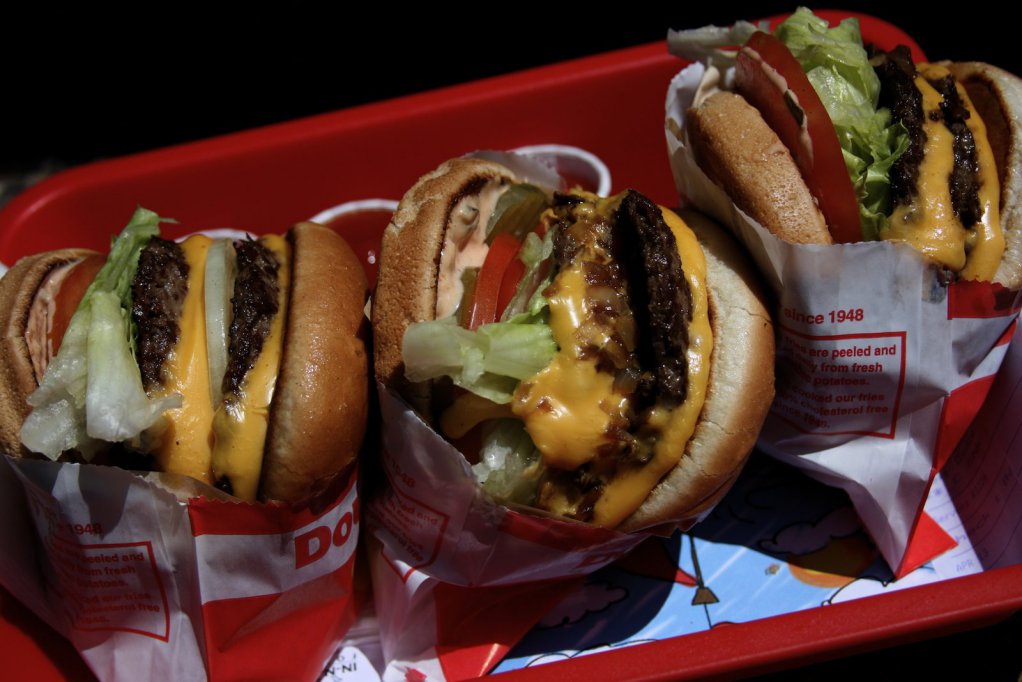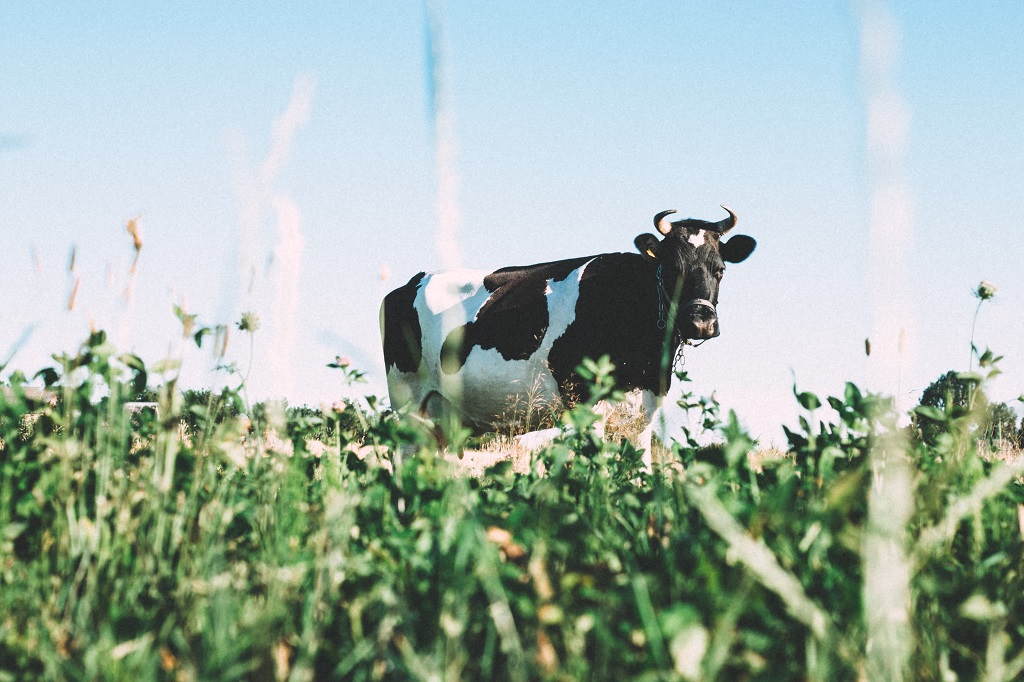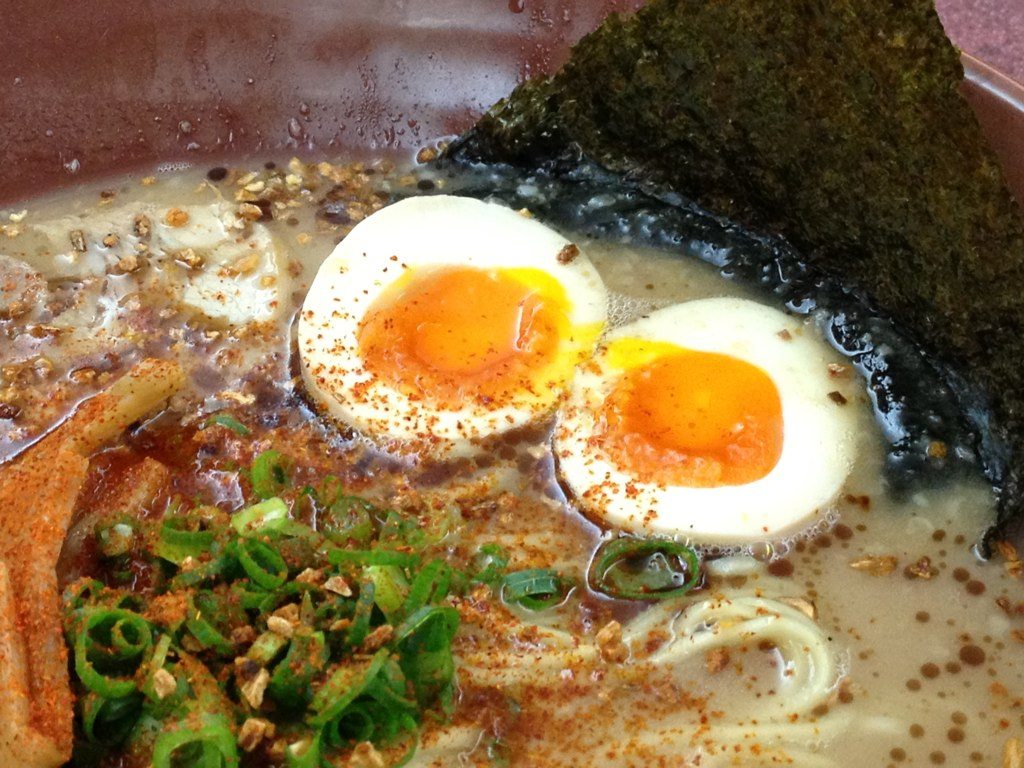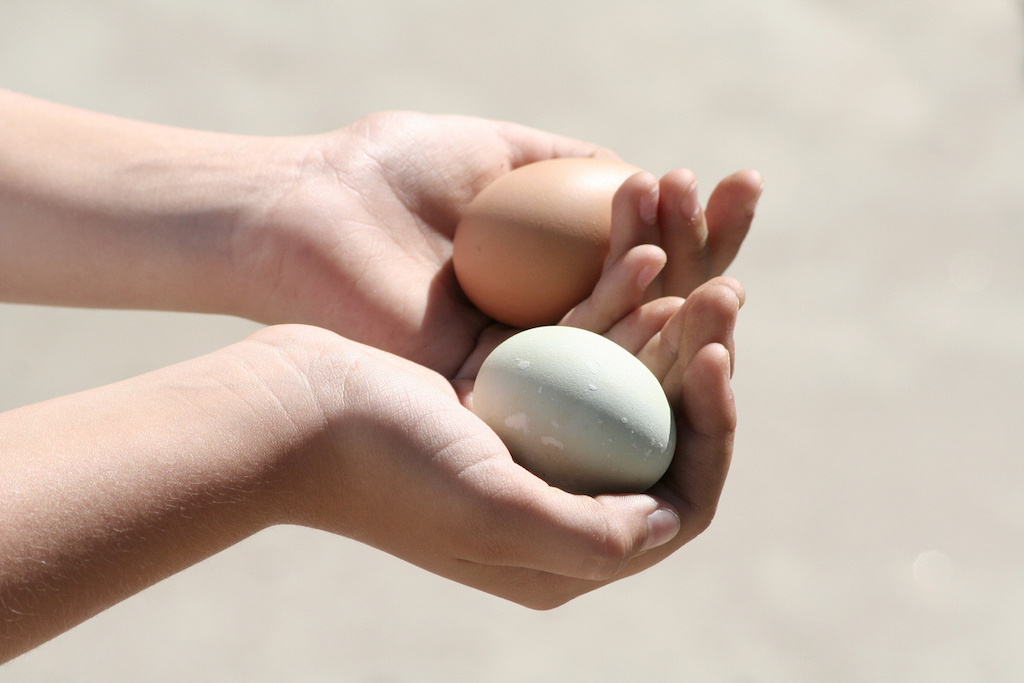
pixeldigits/iStock
It all started with seven chickens. Michelle Livingston was working as director of operations for a nonprofit in Denver, when she decided to put a couple of birds in her backyard. She soon fell in love with their antics, their colors, and their beautiful eggs. They were all Easter Eggers, a breed that lays green and blue eggs. She found they were smarter than she expected. “Once I discovered these little critters are pretty together and sentient, it started us down a road of looking into food production and where [chicken meat and eggs] were coming from,” she says.
That was in 2016. By 2018, she and her husband had purchased a farm in Hotchkiss, about 200 miles southwest of Denver, and they were ready to grow their flock. Livingston went to a hatchery intending to buy 50 chicks and left with 150. When she called her husband on the way home, the cacophonous cheep-cheeping from the backseat quickly gave her away.
Sunshine Mesa Farm sells eggs that go beyond what you’ll find in a grocery store. Store-bought eggs can vary from an 89-cent, Styrofoam 18-pack to pasture-raised eggs that go for $12 a dozen. They might be organic, GMO-free, cage-free, free-range, local—or none of those things. They will likely be either white or brown.
But Sunshine Mesa’s Rainbow Dozens come in white, green, sky blue, and multiple shades of taupe. Livingston keeps 20 different breeds of chickens, ranging from dark-brown laying Welsummers to locally bred, high-production blue or green layers.
https://www.instagram.com/p/BpX6TTfF_CL/
The growing popularity for keeping backyard chickens has created an awareness of breeds outside the standard Rhode Island Red or White Leghorns. And that has given rise to a hunger for beautiful, colorful, Instagram-friendly rainbow eggs.
“It used to be you’d choose [chicken breeds] for whether you want meat or eggs,” says Lisa Steele, a Maine-based chicken keeper and blogger. “Now it’s meat or eggs or pretty eggs.”
Steele, whose blog Fresh Eggs Daily has over 72,000 Instagram followers, says, “Instagram has had a huge impact on why people are choosing chickens.” Silkies, the toy dog of the chicken world, are popular on social media, as are chickens with striking feathers, beards, or crowns of feathers on their heads. Then, of course, there are the birds that lay beautifully colored eggs. Steele says that any time she posts a photo of colored eggs, “it gets huge views.”
White eggs used to be a status symbol. Steele, whose family has been keeping chickens for five generations, says that as a kid, she ate brown eggs at home because that’s what the chickens on her family farm hatched. She remembers envying the white, store-bought eggs in her friends’ refrigerators.
Pigmented eggs date back at least 70 million years, recent findings have shown. But chickens that produce them don’t usually have the lay rates of breeds like the White Leghorn—which can produce as many as 300 ivory-hued eggs a year.
Brown eggs became popular in the last couple of decades because of their association with organic, locally produced food. There’s actually nothing inherent in the color that makes the egg healthier, tastier, or more environmentally friendly.
The birds that lay those beautiful sky blue or kelp green eggs are usually less efficient. They are often the first to stop laying in fall and the last to start in spring. Many breeds, like Cream Legbars, produce a scant 180 or so eggs per year. These freeloaders, which have to be fed and housed year-round—and in some cases can take up to a year to lay any eggs at all—are so commercially impractical, that maybe their eggs could actually signal the type of farmer who raises them?
Cream Legbars only produce 180 eggs per year, but the final products are ever-so-pretty
“The egg color describes a lifestyle or a certain environment for a chicken,” says Catherine Delphia, a farmer in Hillsdale, New York. “If you see [an olive-colored egg], you know that person is doing small-scale breeding.”
Delphia, whose company The Fancy F sells rainbow eggs for $12 a dozen, describes her work—which includes breeding chickens to produce certain colors of eggs—as a creative outlet. “If I were treating it like a business, I wouldn’t be doing it,” she says. Delphia says high incubation costs and low lay rates make it more of a passion project than a money maker—and that her customer base reflects that.
https://www.instagram.com/p/Bfrr8kSH0ls/
“We sell almost exclusively to people who are looking for the ‘upstate New York experience’,” she says.
Franchesca Duval, who lives in Sebastapol, California, says many chicken enthusiasts sell eggs to finance their “chicken fever.” Like Michelle Livingston, many chicken keepers start small—and quickly become collectors.
Duval’s business, Alchemist Farm, sells chicks and hatching eggs bred for rich color. Their Azure Eggers lay eggs the color of a Mediterranean sea, while the French Black Copper Marans eggs look like melted chocolate. “You’re doing it for the love of it,” Duval says.
https://www.instagram.com/p/BtbL6u5FqWE/
“Sure we could have a high production layer but how cool is it to have a chocolate egg on the countertop?” Duval says. Because unwashed eggs don’t need to be refrigerated, many people who purchased rainbow eggs store them right on the counter like an edible decoration.
Rainbow eggs may not be commercially practical, but they’re an invaluable marketing tool. Because many small farms can’t compete with industrial agriculture’s low prices, they have to market themselves in a way that sets them apart. Rainbow eggs are like Instagram catnip. “I can put up a picture [of] beautiful eggs and talk about why pasture-raised is more healthy,” Livingston, the Colorado-based farmer, says, adding that it’s sure to catch people’s interest. “It’s almost like [people] have a wiring to like eggs,” she says.
One of the ironies of the rainbow-egg premium is that it mostly disappears once you crack the shell. Sure, they might have darker and perhaps creamier yolks than industrial eggs (chickens allowed to forage on pasture always tend to lay the richest eggs), but a brown egg from a pasture-raised Rhode Island Red should taste the same as a mint-green one from an Easter Egger.
Offline, rainbow eggs are a cross between kitchen decoration and a virtue signal. A show for guests that you are someone who cares about where your food comes from. Delphia says many of her clientele buy her eggs as party offerings—a modern answer to a bottle of wine.


